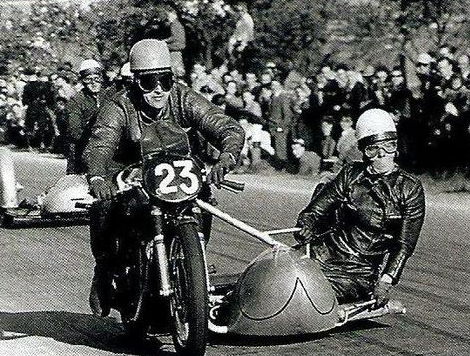I've always found that period of the war interesting. Germany had the initiative and everyone else was struggling to understand what armed conflict had evolved into after two decades of incredible industrial progress following the trenches of WW1. The allies weren't proud of their losses early on and it has since become an embarrassing and forgotten period in history. If you don't believe me, just look up how many movies and books came out of the final year of the war when the allies were winning.
The novel, tentatively called Under Dark Skies (though I'm not married to that title), tells the tale of my granddad's service in a Royal Air Force Hurricane squadron sent with the British Expeditionary Force to France to stop the inevitable German invasion.
I've tried to keep it as accurate as possible, but in the absence of any specific details (my grandfather was never vocal about his war experience), I'm taking some other influences and mixing them in, Quentin Tarantino style. Inglorious Basterds is one of my favourite World War Two films and I love the liberties he took with history, so much so that it's tempting me to do the same.
Bill was a member of the RAF White Helmets and a handy gymnast back in the day. I've taken his
hidden-to-me, life-long affection for motorcycling, mixed in a bit of Guy Martin and Steve McQueen, though I don't know that Bill's history needed it, but it's just how I like to write. Back in university I got into a difficult to get into creative writing course. Leon Rooke came in a few times to help us with our writing process and commented on my ability to convey action effectively. I like flowing, scripted action and that is the backbone of this book.
 |
| That's out of the Spokane Daily Chronical on Saturday, January 4th, 1941! |
I've had a tough year at work and needed to find a way to work off frustration, so when I can't sleep at 5am in the morning I get up and escape into 1940 France, it's been a life saver.
Motorcycle Focused Research from Under Dark Skies
http://www.motorbike-search-engine.co.uk/classic_bikes/peugeot-classic-motorcycles.php
Peugeot motorcycle history: https://peugeot-motocycles.com/en/success-story/
the German side, then I came across the Zündapp KS 750, a combination so good that the German government asked BMW to build it instead of its iconic boxer (BMW refused):
sorts of mad details. At one point I got lost in WW2 vintage brass blowtorches (they're paraffin fueled!):











.jpg)


































